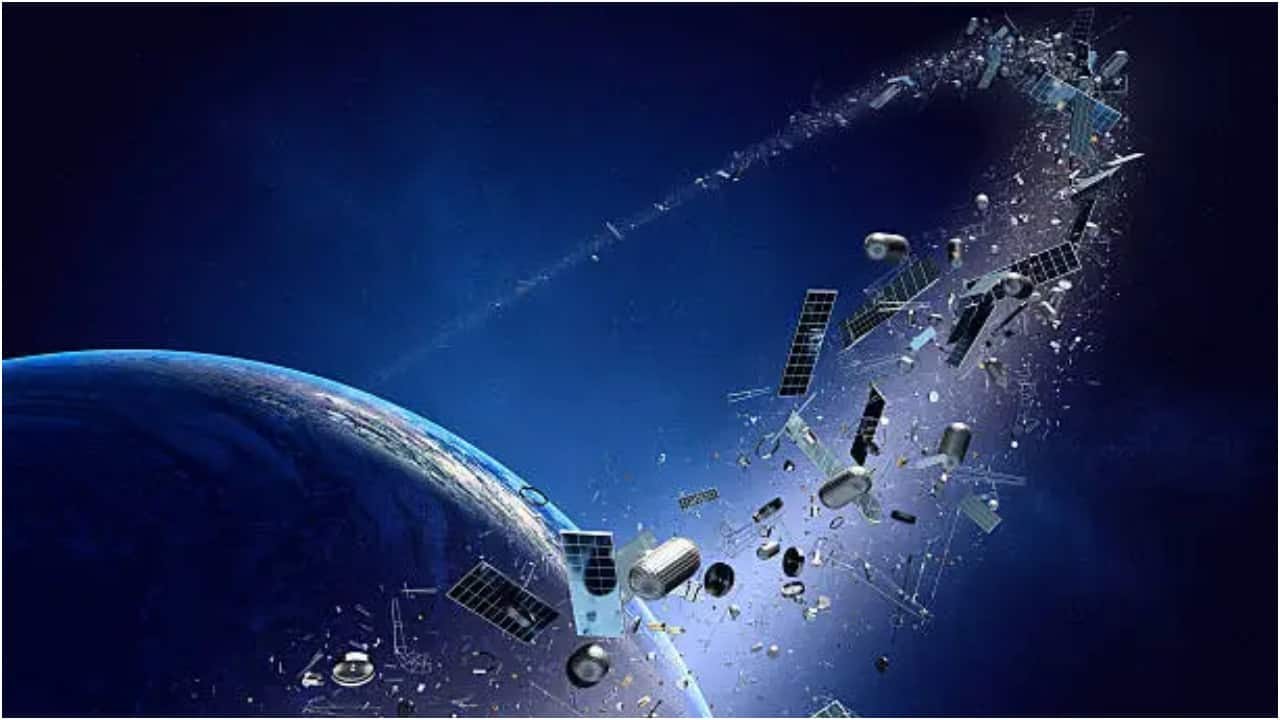Although the sky is beautiful, it is not a place of safety anymore. The area above Earth is starting to look more like a junkyard in the universe, with thousands of satellites and old pieces of machinery floating around our planet. The Orbits Are Filling Up Each year, the orbits of Earth getting increasingly congested.
The increasing threat has been brought out in a European Space Agency report. Rocket bodies and satellites are quickly occupying Low-Earth Orbit (LEO). Over 1,200 intact objects descended to Earth in 2024.

They include rocket parts and decommissioned satellites. The research put out a daily alert concerning increasing re-entry rates. Stuff is now falling more than three times per day on average.
And, there are increasing commercial satellite constellations launching on a regular basis. Space traffic is also subjected to extra pressure with high solar activity. Growing Threats and Drifting Menaces There are already over 1.
2 million objects in orbit, as stated by ESA's report. Each of them can cause damage and is over a centimeter in diameter. They could harm the International Space Station or even operational satellites.
Debris would continue to increase even if space missions stopped today. The reason for this is that fragments multiply faster than they can re-enter. The Kessler Syndrome is alarming scientists.
NASA scientist Donald J. Kessler formulated the theory of a chain reaction. This means collisions between pieces of debris could be unstoppable.
As a result, orbits are becoming perilous and worthless to future missions. Earth is Already Being Damaged by Space Debris There have been more recent occurrences of falling debris. Kenya's space agency confirmed a crash in December.
Metal pieces from a rocket weighing over 500 kilos struck Mukuku village. The area is in Makueni County in the northern region of the country. A large piece of a SpaceX Falcon 9 rocket dropped on a man's lawn.
It had come back to the atmosphere unchecked. It had launched from Vandenberg Base in California in February. A batch of Starlink satellites were onboard.
Breaking the Reaction Chain NASA estimates there are approximately 6,000 tons of matter in orbit. That estimate grows as the private sector adds more satellites into space. Much of it orbits in low-Earth space, between 100 and 1,200 miles above ground.
It is now the largest space graveyard, says ESA. Disasters need to be prevented by actively clearing out debris. Without it, Kessler Syndrome may soon emerge.
That would shut down future communications and operations. The message is clear: space must be cleaned up before it's too late..
Top

Too much trash in space: concerns about Kessler Syndrome rise as over 1,200 objects fell to Earth in 2024












